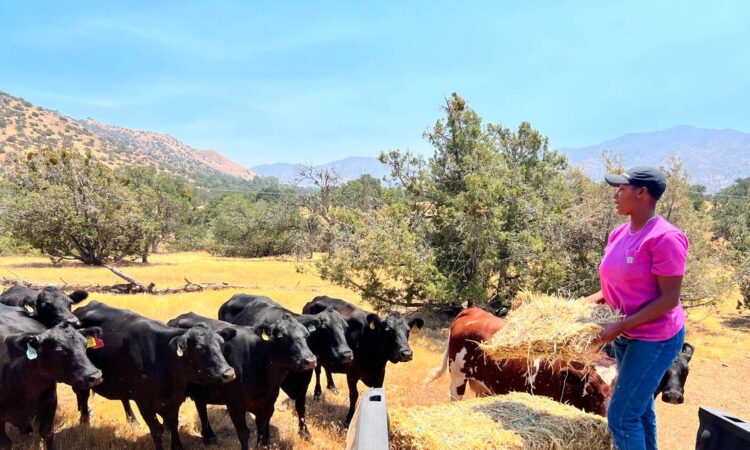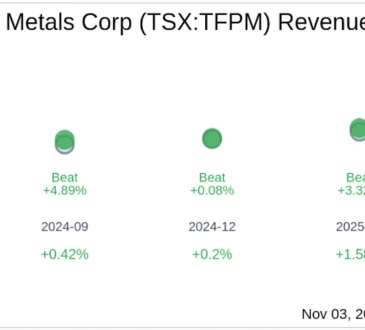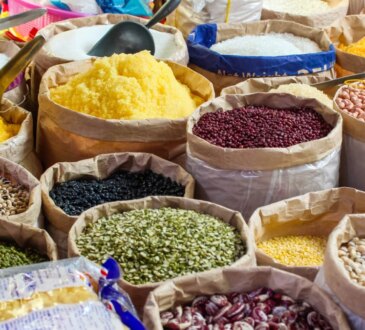
If you are looking forward to a summer of grilling steaks, be prepared to pay a little more at the grocery store as the nation’s beef supply dips to historic lows and demand for red-meat remains high.
California cattle ranchers and industry leaders say several factors are at play, including droughts in the cattle-grazing pasture lands, high feed costs, and ranchers exiting the industry.
“We are in situation that we have not seen before in decades,” said Kevin Kester, a fifth-generation cattle rancher. “These are the lowest cow herd numbers since 1951 and consumer demand has not changed one bit.”
Experts say a sustained appetite for high-protein diets, that include beef, is fueling the demand and causing prices to rise.
Consumer price index data show that beef and veal prices were 8.5% higher in April 2025 than in April 2024 while the average price of ground beef reached $6.02 per pound in May 2025, reflecting a 12.15% increase compared to May of the previous year.
The U.S. Department of Agriculture predicts that beef prices will reach new highs in 2026, as beef production is forecast to decline to 25.1 billion pounds, a 5% drop, from 2025.
And while the increased consumption of beef is a boost for cattle ranchers, supplying that demand has been challenging.
Kester, who works in Monterey and San Luis Obispo counties, said the state’s droughts have taken their toll on California’s ranchers and livestock. Without enough natural grasses, ranchers were forced to cut the size of their herds in order to survive economically. Supplemental feeding of hay over a long period of time is costly.
“People had to liquidate their numbers,” he said. “You couldn’t feed your way out of this, and you didn’t want to overgraze the land.”
But even though drought conditions gave way to greener pastures, it’s been tough for Kester and other ranchers to rebuild their herds. It takes several years for a dairy cow to be ready for milking.
Kester currently has about 250 head of cattle, despite having the capacity for 500 cows.
Rancher Rizpah Bellard, president of Nova Farming, a cattle company she runs with her father, Cleveland Bellard, says that despite higher beef prices, she’s still having to deal with higher operating costs, including processing, transportation and feed.
She has carved out a niche in the industry by selling her premium beef directly to schools and institutions. The challenge is she is also locked into a contract and has limited ability to increase her price until the contract is renewed.
“My dad and I are going to keep pushing forward and figure out how to make these costs work for us,” she said. “This situation won’t last forever.”
Cow imports from Mexico suspended
Adding another layer to the beef shortage problem is the sudden pause of imported Mexican beef cows. For several years, the U.S. has imported about 1 million cows from Mexico to bolster the overall beef supply.
Those shipments stopped in May when a parasitic fly known as the New World screwworm was discovered in a Mexican cow and U.S. officials quickly suspended shipments of live cattle, bison and horses. The pest was eradicated in the U.S. decades ago and a reintroduction would be devastating.
Although Mexican and U.S. officials are working on a solution, it is unclear when the Mexican cattle will be allowed in the U.S.
In the meantime, federal agriculture analysts estimate the overall shortage of U.S. cattle will continue into 2026 and is “projected to reach new highs” for cattle.
Dairy cows fill in gap
For dairy operators in the San Joaquin Valley, the nation’s leading milk producers, that comes as good and bad news.
The dairy business has been closely aligned with the beef industry for decades, selling their less productive dairy cows to meat processors to be made into ground beef. Up to 55% of the nation’s ground beef supply comes from dairy cows.
The beef industry has also begun to lean more on the dairies for their hybrid cows, a cross between a Holstein, a traditional milk cow, and an Angus that’s bred for its meat.
The offspring of those cattle are in demand and pushing prices to record levels. The cows are prized for their large size, milk production, and their ability to gain weight.
Anja Raudabaugh, chief executive officer of Western United Dairies, said in years past that dairy operators would sell about half of their offspring to cattle ranchers as another revenue stream. The other half they would keep to replenish their dairy cows.
That stream has turned into a flash flood as ranchers are paying top dollar for more beef cows.
“The average cost of a cow is about $4,400, double what it was 10 years ago, and if that cow is bred it’s closer to $5,000,” she said. “These are unheard of prices.”
At the Fresno Livestock Commission in Easton, longtime owner Phil Tews handles the sale of dairy cows and has witnessed the dramatic rise in offspring of the hybrid cows.
“A day-old calf that is a Holstein and Angus cross could fetch about $1,200 these days,” Tews said. “And we are talking about a calf that is just one day old. That’s what is happening these days.“




